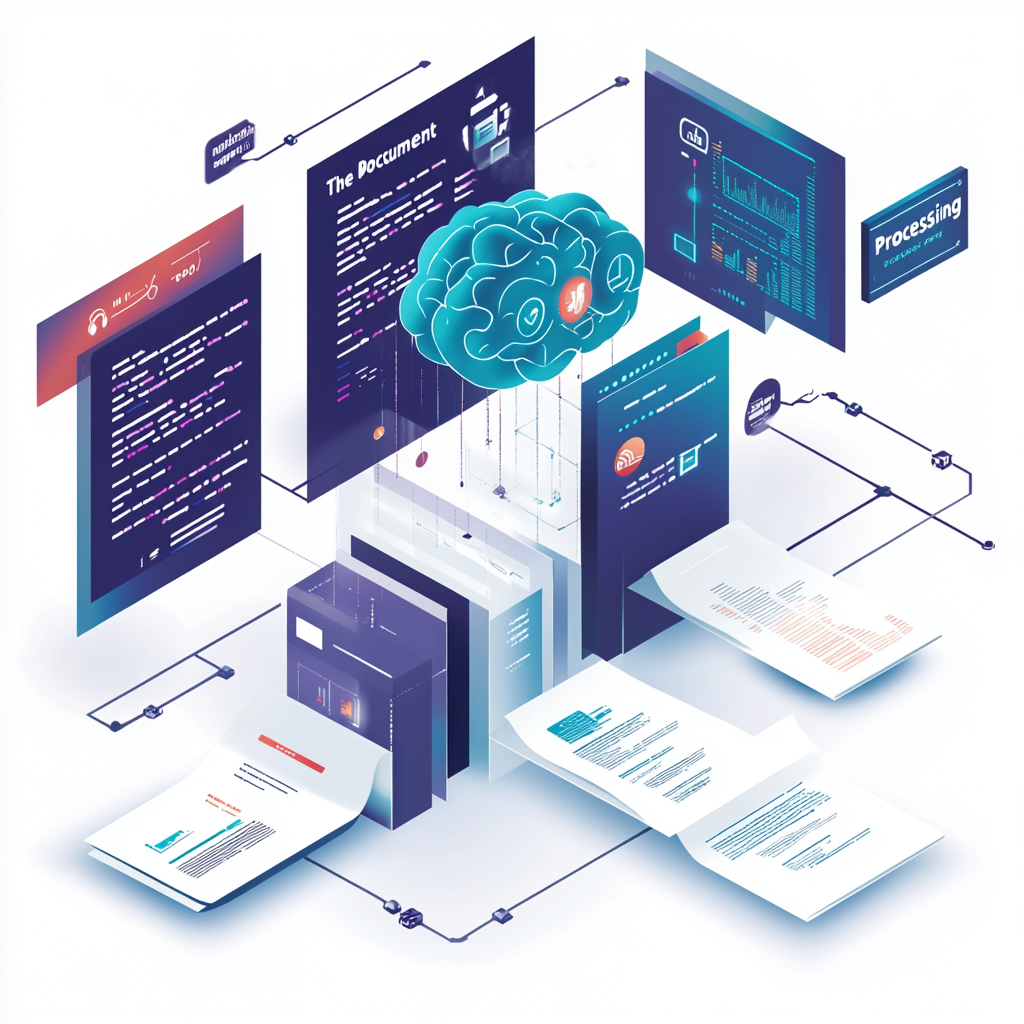Document Transformation in the AI Era
A Technical Whitepaper on Document Conversion and RAG Applications


This whitepaper explores the challenges and solutions in document transformation for the AI era, with a focus on converting various document formats to markdown for use in Retrieval-Augmented Generation (RAG) applications. As organizations increasingly adopt AI technologies, the need for clean, structured, and accessible document formats becomes critical for effective knowledge management and AI integration.
The document conversion landscape has evolved significantly with the advent of advanced AI models. Traditional conversion methods often result in formatting issues, lost structure, and poor accessibility. Modern AI-powered solutions like MarkSwift address these challenges by preserving document structure, enhancing accessibility, and optimizing content for AI applications.
This paper presents key findings from our research and practical implementations, offering insights into best practices for document transformation workflows that maximize the value of organizational knowledge in AI systems.
Organizations today manage vast repositories of documents in various formats:
Each format presents unique challenges for conversion, from preserving complex layouts in PDFs to maintaining table structures in Excel files. The heterogeneity of document formats creates significant barriers to implementing unified knowledge management systems and AI applications.
Markdown has emerged as an ideal target format for document conversion due to its simplicity, readability, and compatibility with modern AI systems. Key advantages include:
As AI applications become more prevalent, markdown's lightweight nature and structured format make it particularly well-suited for integration with Large Language Models (LLMs) and other AI systems.
Retrieval-Augmented Generation (RAG) represents a significant advancement in AI applications, combining the power of large language models with the ability to retrieve and reference specific information from a knowledge base. The basic RAG architecture consists of:
The quality of document conversion directly impacts RAG performance. Poor conversion can lead to:
High-quality document conversion ensures that the RAG system has access to accurate, well-structured information, significantly improving response quality and reducing hallucinations.
| Feature | Traditional Conversion | AI-Powered Conversion |
|---|---|---|
| Structure Preservation | Limited | Comprehensive |
| Format Recognition | Rule-based | Contextual understanding |
| Table Handling | Often breaks | Maintains structure |
| Image Processing | Basic extraction | With descriptions |
| Code Block Detection | Limited | Syntax-aware |
| Language Support | Limited | Multilingual |
| Semantic Understanding | None | Context-aware |
Modern document conversion leverages several AI technologies:
These technologies work together to create a comprehensive document understanding system that can accurately convert complex documents while preserving their structure and meaning.
Effective RAG systems require documents to be divided into meaningful chunks that preserve context. AI-powered semantic chunking considers:
AI-powered conversion can extract and generate valuable metadata:
This metadata enhances retrieval accuracy and provides additional context for the generation phase of RAG systems.
A global financial institution needed to convert thousands of financial reports, prospectuses, and regulatory filings into a format suitable for their RAG-based analyst assistant system. The documents contained complex tables, charts, and specialized financial notation.
The institution implemented an AI-powered document conversion pipeline using MarkSwift, which:
Future document conversion systems will better integrate text, images, charts, and other visual elements into a cohesive understanding, providing richer context for RAG applications.
Specialized conversion models for legal, medical, financial, and technical documents will improve accuracy in handling domain-specific terminology, formats, and structures.
Advances in processing efficiency will enable real-time document conversion, allowing for immediate integration of new documents into knowledge bases.
AI-powered document conversion will increasingly focus on accessibility features, ensuring content is available to all users regardless of abilities.
The transformation of documents for AI applications represents a critical capability for organizations seeking to leverage their knowledge assets in the era of generative AI. By implementing AI-powered document conversion solutions like MarkSwift, organizations can unlock the value of their document repositories, enhance knowledge accessibility, and build more effective AI systems.
As document formats continue to evolve and AI capabilities advance, the field of document transformation will remain dynamic. Organizations that invest in robust, AI-powered conversion pipelines will be better positioned to extract insights, automate processes, and deliver value through their AI initiatives.
DataVision Labs specializes in AI-powered document processing and knowledge management solutions. Our flagship product, MarkSwift, transforms documents from various formats into clean, well-structured markdown optimized for RAG applications and other AI systems.
For more information, visit https://datavisionlabs.ai or contact us at info@datavisionlabs.ai.